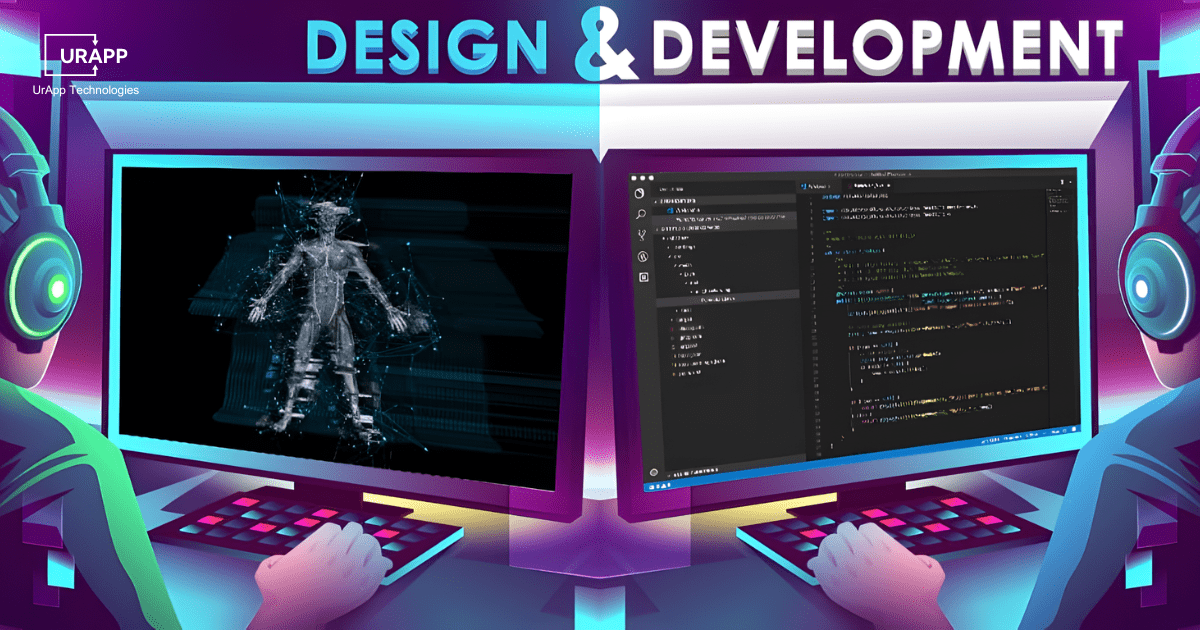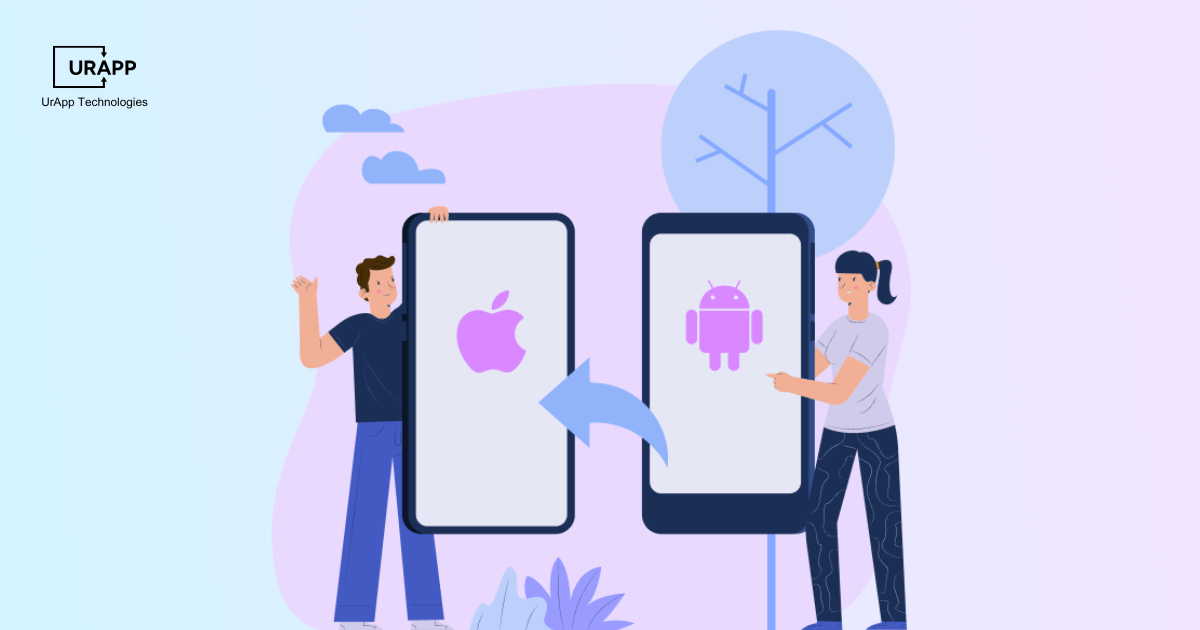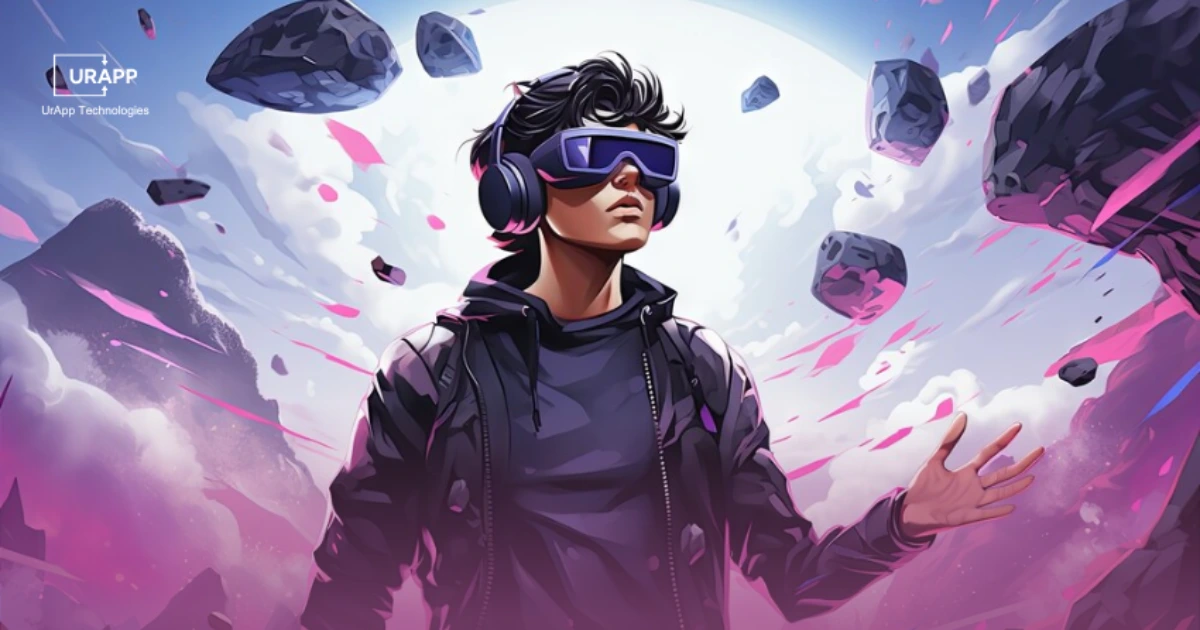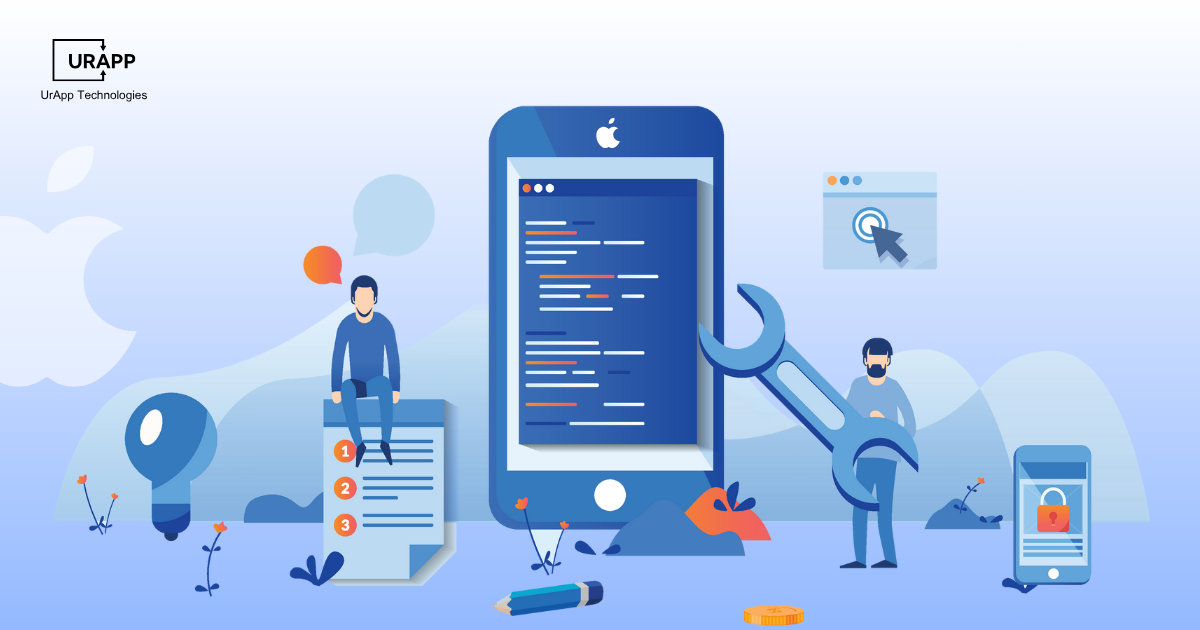Game Design vs Game Development: Roles, Tools, Careers & Salaries in 2025
The global gaming industry is booming, expected to reach US $522.46 billion in 2025 with a steady 7.01% yearly growth. In this fast-evolving market, many aspiring professionals wonder about the difference between game design and game development.
Although these terms are often used interchangeably, they represent two very different sides of game creation. Game design focuses on creativity, storytelling, and player experience, while game development deals with coding, systems, and technical execution.
In this article, you’ll learn how both roles work, what skills and tools each requires, and which career path suits your goals in 2025’s competitive gaming landscape.
Game Design Vs Game Development
The contrast between game design and game development shows how technology and creativity work together to create a finished game. While game development uses code and evaluation to transform those ideas into a practical product, game design creates the idea and the experience. In game development, both positions continue to be equally significant.
| Aspect | Game Design | Game Development |
|---|---|---|
| Main Focus | Focuses on creating the concept, story, rules and user experience of the game. | Focuses on building, programming and optimizing the game for performance and functionality. |
| Core Skills | Requires creativity, storytelling, visual planning and understanding of player psychology. | Requires programming expertise, problem solving, debugging and technical system management. |
| Output | Produces design documents, levels, storylines and gameplay flowcharts. | Produces the final working game ready for testing and release. |
| Type of Work | Involves imaginative, analytical and strategic planning of gameplay structure. | Involves coding, software integration, performance testing and technical deployment. |
| Tools Used | Uses tools like Photoshop, Illustrator and Figma for design and layout creation. | Uses engines like Unity and Unreal for coding, testing and compiling the game. |
What Is Game Design?
How a game feels, looks and works is determined by its design. It involves creation of concepts, guidelines, gameplay elements and experiences that contribute to a game's delight. To keep players interested throughout gaming, a game designer prioritises enjoyment, harmony and originality. They blend storytelling, logic and user experience to create interactive entertainment, which requires both structure and inspiration.
The Concept and Process of Game Design
The process of game design follows several important steps that shape the entire gaming experience.
1. Conceptualization
This is the first step in the game design process where ideas take form.
-
Designers decide the type, genre and target audience of the game.
-
They provide an overview of the game's central subject, primary goals and unique qualities.
-
Every feature is guaranteed to match the player's expectations and experience objectives when there is a clear vision in place.
2. Research and Planning
Research helps streamline creativity.
-
Designers examine similar games to see what attracts or discourages players.
-
Characters, challenges, storylines and gameplay are all included in their Game Design Document (GDD).
-
Appropriate preparation ensures consistent and functional design throughout the development process.
3. Prototyping
A prototype helps test early ideas before full production.
-
Designers build a simple version to check how mechanics work together.
-
It helps identify gameplay issues and refine ideas quickly.
-
This step saves time and ensures smooth collaboration with developers later in the process.
4. Design the Game Mechanics
Mechanics define how the game works and interacts with players.
-
Designers set the rules, controls and objectives that shape player behavior.
-
Effective mechanics keeps players engaged and reward their efforts properly.
-
These mechanics serve as the cornerstone of balanced and enjoyable gaming.
5. Level Design
The gameplay experience is made more fun and structured by level design.
-
There are new obstacles, riddles, or rewards at every level.
-
To sustain attention and satisfaction, the level of difficulty increases steadily.
-
Levels guide the player’s progress while keeps the gameplay smooth and rewarding.
6. Art and Sound Design
Art and sound give life to the game world.
-
Designers create locations, characters and visual styles that complement the topic.
-
Sound effects and music improve their emotional connection.
-
These components work together to create an immersive and unforgettable experience.
7. Development
In this stage, designers and developers bring the vision to life.
-
Programmers code features, integrate assets and ensure smooth functionality.
-
Designers refine visuals and interactions to match the original concept.
-
Collaboration between teams ensures quality and playability across all platforms.
8. Test and Iteration
It ensures a balanced and functional game.
-
Designers conduct play tests to find bugs, design flaws, or puzzle mechanics.
-
Feedback helps in adjust the gameplay, difficulty and user experience.
-
Continuous improvements lead to a stable and polished final product.
9. Polish and Finalize
The polishing phase perfects every detail before release.
-
Designers refine animations, user interface and visual performance.
-
Minor adjustments enhance smoothness and consistency.
-
The goal is to deliver a complete and accurate experience to players.
10. Launch and Post-Release Support
After final checks, the game reaches players.
-
Designers monitor user feedback and release updates or patches.
-
Support after launch improves the game’s lifespan and player satisfaction.
-
A successful launch depends on creativity, testing and continuous support.
What Is Game Development?
Game development involves development of the technical and creative structure that brings a game to life. It transforms a designer’s vision into a functional, playable experience. The process covers coding, asset integration and testing to ensure smooth performance. In the comparison of game development vs game design, design shapes the idea while development turns that idea into reality through technical execution.
Process of Game Development
A number of structured steps are used in the game development process to guarantee effectiveness, excellence and timely delivery.
1. Planning
Planning lays the foundation for the development journey.
-
Developers define goals, budget and target platforms for the project.
-
Programming languages, software and technologies are chosen by the team.
-
Throughout the process, a concise roadmap guarantees a balanced workload and clear guidance.
2. Pre-Production
At this stage, ideas are transformed into feasible plans.
-
The story, gameplay flow and visual style are all completed by the developers.
-
To confirm the visual consistency and gameplay mechanics, a prototype could be made.
-
Before full production starts, teams work together to coordinate technical and creative aspects.
3. Production
Production builds the core of the game.
-
Programmers code systems, mechanics and user interfaces.
-
Artists develop characters, environments and animations for visual depth.
-
Continuous integration ensures that gameplay and visuals function smoothly together.
4. Testing
Testing identifies and fixes performance or gameplay issues.
-
Quality assurance teams conduct detailed playtests across different platforms.
-
Feedback helps improve controls, graphics and difficulty balance.
-
Each fix strengthens the game’s stability and playability.
5. Pre-Launch
Pre-launch prepares the game for release.
-
Developers run optimization tests and finalize builds.
-
Marketing teams create awareness and promote early access or demos.
-
All teams ensure that every feature performs correctly before launch.
6. Launch
Launch marks the official release phase.
-
Developers deploy the final build across all chosen platforms.
-
Marketing campaigns drive audience engagement and downloads.
-
Immediate feedback helps identify post-launch updates or quick fixes.
7. Update and Maintenance
Support continues after release for long term success.
-
Developers release updates, fix bugs and improve gameplay balance.
-
User feedback shapes patches and additional content.
- Continuous support helps maintain player trust and engagement.
Game Design vs Game Development: Essential Tools for 2025
| Category | Game Design Tools | Game Development Tools |
|---|---|---|
| Visual Design & Graphics | Adobe Photoshop, Illustrator, GIMP, CorelDRAW | Blender, Maya, 3ds Max, Substance Painter |
| 3D Modeling & Animation | Blender (concept art/animation), ZBrush, Substance Painter | Blender, Autodesk Maya, 3ds Max, ZBrush |
| Prototyping & Wireframing | Figma, Sketch, Balsamiq, InVision | Unity (prototype coding), Unreal Engine (playable prototypes) |
| Game Engines | N/A (focuses on planning & visuals) | Unity, Unreal Engine, Godot, CryEngine |
| Programming Languages | N/A | C++, C#, Python, Java, JavaScript |
| Sound & Audio | Audacity, FL Studio, Adobe Audition | Integrated audio tools in Unity/Unreal, FMOD, Wwise |
| Documentation & Planning | Google Docs, Notion, Trello, Microsoft Excel | Jira, Trello, GitHub Projects, Confluence |
| Collaboration & Feedback | Slack, Miro, Milanote, Discord | Git, GitHub, GitLab, Perforce, Slack |
| Testing & Debugging | Playtesting, Feedback Forms, User Surveys | Visual Studio, Unity Profiler, Unreal Insights, Selenium/Appium |
| AI & Physics | N/A | TensorFlow, PyTorch, Havok, NVIDIA PhysX |
| Deployment & Platform Tools | N/A | Steamworks SDK, Google Play Console, Apple App Store Connect, Photon, Epic Online Services |
Career Paths: Game Designers vs Game Developers
Game Designers create the vision of a game. They focus on storylines, characters, levels, and the overall player experience. Typical roles include Character Artist, Video Game Designer, and Animator. Designers use creativity and storytelling along with tools like Photoshop, Maya, Blender, and ZBrush to bring ideas to life. In the U.S., there are about 287,200 game designers, with a projected growth of 9.3% from 2016–2026.
Game Developers turn those designs into playable games. They handle coding, mechanics, system integration, and testing. Common roles include Junior Programmer, Game Programmer, System Developer, Application Developer, Web Developer, Software Engineer, and QA Engineer. Developers use programming languages and tools like C++, C#, Python, Unity, and Unreal Engine. The field has 64,957 open positions, with a projected growth of 47% from 2020–2030.
Game Design vs Game Development: Salary Comparison (2025)
The 2025 salary comparison between game development VS game designers shows competitive pay levels based on geography, experience and skill sets. Both professions offer stable income with additional cash benefits and growth opportunities across the United States.
| Aspect | Game Designer | Game Developer |
|---|---|---|
| Average Base Pay (per year) | $73,000 – $100,000 | $72,000 – $100,000 |
| Additional Cash Compensation | $16,790 | $10,971 |
| Total Pay Range | $85,000 – $123,000 | $80,000 – $115,000 |
Factors That Influence Salaries
Location
-
Both designers and engineers can earn more money in major tech hubs like California, Texas and Washington.
-
High compensation is offered in cities like Los Angeles, San Francisco and Seattle because of the solid gaming sector.
Experience and Proficiency
-
Because of their extensive technical or creative skills, experienced professionals make a lot more money.
-
More money is frequently paid for specialized positions like AI, 3D design, or system development.
Company and Project Type
-
Compared to independent or startup initiatives, large studios offer better compensation.
-
Because of their complexity and skill requirements, projects that include advanced technologies or multiplayer systems typically pay more.
Trends in the Industry
-
Earning potential is increased by the need for cross-platform games and immersive experiences.
-
Higher pay is being driven by the growth of AR, VR and AI-based development in these fields.
Game Design vs Game Development: Which Is Right for You?
Your interests, skills and level of creativity will help you select the one among these two, develop or design games. Each profession provides distinct career pathways and development opportunities within the gaming industry.
Choose Game Design If You
Game design fits individuals who enjoy imagination, creativity and visual storytelling. It suits those who want to create experiences that engage players.
-
You appreciate the game environment's deep realms and intricate character design for storytelling, creativity, and visual expression.
-
You enjoy creating worlds, stages, and player experiences that combine emotions and gameplay elements to create a memorable game play.
-
You are creative, have excellent communication skills and are interested in story development and user experience.
-
More than the game's technical execution, you want to shape the game's general direction, theme and interactivity.
Choose Game Development If You
Game development suits individuals with technical thinking and a problem solving mindset who prefer logic and coding to bring concepts to life.
-
You prefer coding, problem solving and technical structure to turn game concepts into interactive and functional systems.
-
You love to transform creative ideas into real, playable features using programming languages and development tools.
-
You have strong analytical and mathematical skills that help build efficient gameplay systems and smooth performance.
-
You want to focus on 3D graphics, artificial intelligence and optimization to create responsive and enjoyable games.
Final Thoughts
Being aware of the difference between game design and game development will help you choose the career route that best suits your interests and skill set. Both fields form the foundation of the gaming industry, which is where technology and creativity meet. Storylines, characters and gameplay are defined by game designers and developers use code to transform concepts into playable systems.
Each path requires distinct strengths but shares a common goal, to provide enjoyable and immersive experiences. Select the one that matches your vision and passion.
Want to bring your game idea to life? Contact UrApp Technologies to discuss your next gaming project.






